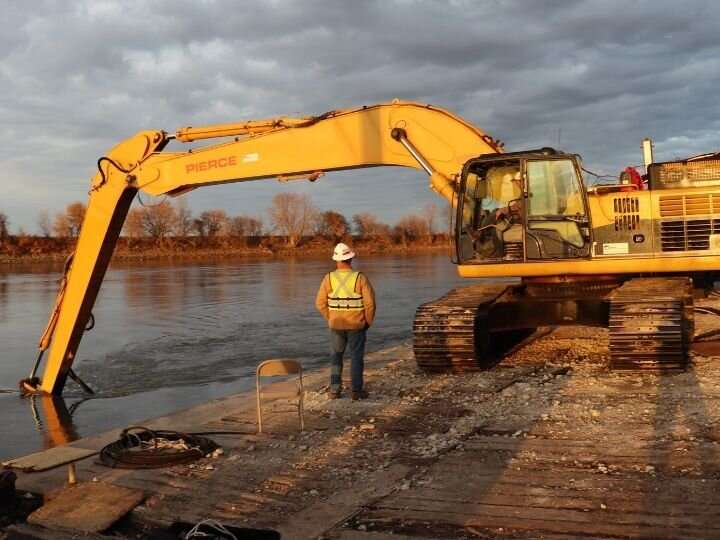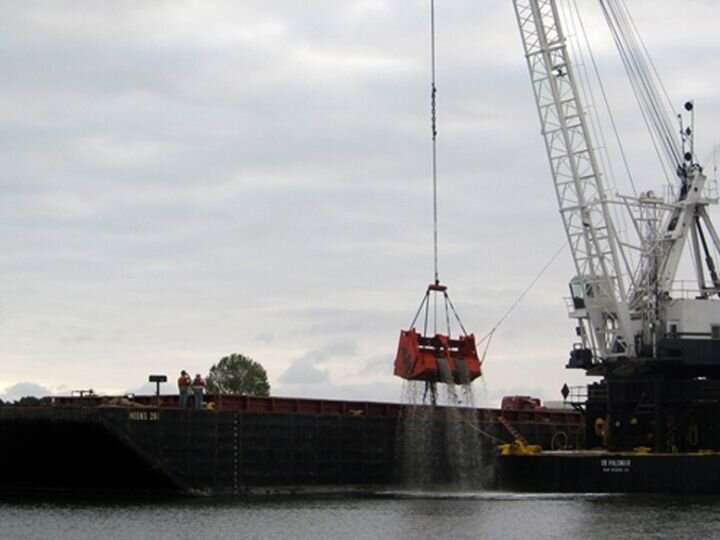New algorithm could simplify decisions for ship channel dredging

A new decision-support tool could become a game changer in the dredging of ship channels. Millions of dollars are at stake every time a major ship channel is cleaned up. Delays in dredging can cost even more by triggering increased risks, repeated maintenance and lost revenue. In either case, the task cannot be put off indefinitely.
All ship channels must be regularly cleared of sand, debris settled on the bottom (called shoal) and miscellaneous trash. That means ship channel management regularly faces the mighty task of dredging. How do they make the wisest decisions with the best timing?
“The quandary involves weighing factors for the optimal decision of channel dredging and disposal activities,” said Zheyong Bian, assistant professor of construction management at the University of Houston College of Technology. “Some factors are static, like geographical features of navigation channels and confined disposal facilities. Others vary substantially, such as navigability condition deterioration (shoaling), traffic, economic values, annual budget and more.”
Bian, then a doctoral student at Rutgers University, The State University of New Jersey, collaborated with project leader Yun Bai from the Center for Advanced Infrastructure and Transportation (CAIT) at Rutgers, to develop a dredging planning optimization model (DPOM) and a dynamic prioritization planning (DPP) algorithm that factor in known variables, such as the volume of debris expected and availability of nearby confined disposal facilities. It also considers grouping phases of the project and how costs can be affected by interest rates and inflation.

But—this is a key advantage, Bian stressed—the algorithm also holds the flexibility that weighs input from local professionals. In other words, it values boots-on-the-ground opinions and learns from experience.
Once all factors are included, the algorithm suggests timing, prioritization and the grouping of projects. It also projects costs, with interest and inflation included, as well as monies likely to be recouped (through repurposing of sand, for example).
In these days of tightened budgets, public funds are deployed with ever more care. The new DPOM model and DPP algorithm could strengthen cost efficiencies at ship channels around the world.
Algorithms combat environmental pollution from ships
Citation:
New algorithm could simplify decisions for ship channel dredging (2022, April 19)
retrieved 19 April 2022
from https://techxplore.com/news/2022-04-algorithm-decisions-ship-channel-dredging.html
This document is subject to copyright. Apart from any fair dealing for the purpose of private study or research, no
part may be reproduced without the written permission. The content is provided for information purposes only.
For all the latest Technology News Click Here
For the latest news and updates, follow us on Google News.

